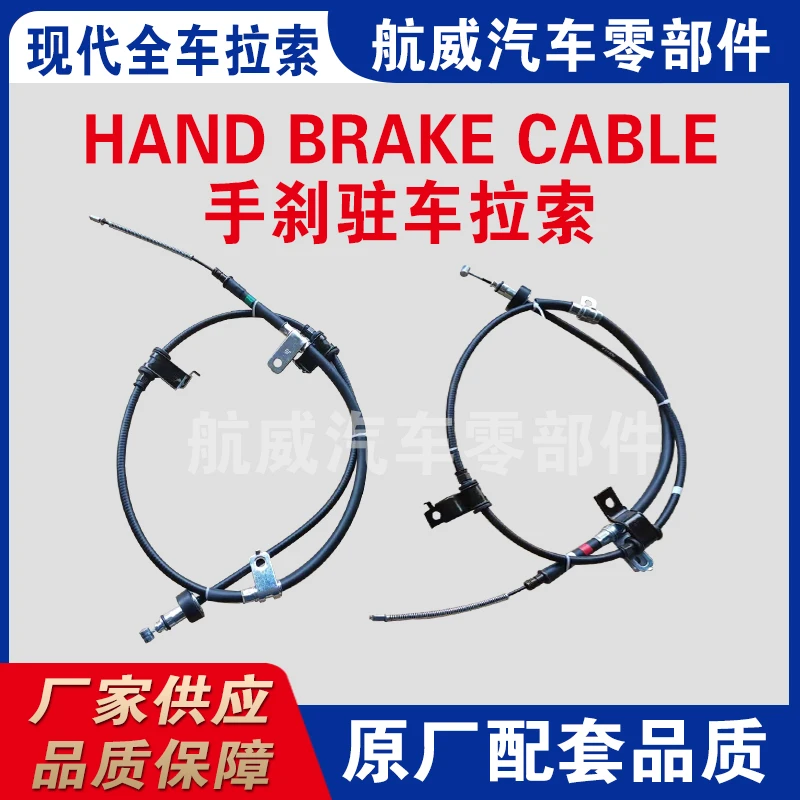line shaft clutch
Understanding Line Shaft Clutches A Key Component in Industrial Machinery
In the world of industrial machinery, efficiency and reliability are paramount. Among the various components that contribute to these qualities, the line shaft clutch stands out as an essential element in the operation of many mechanical systems. This article delves into the purpose, functionality, and applications of line shaft clutches, shedding light on their importance in modern manufacturing processes.
What is a Line Shaft Clutch?
At its core, a line shaft clutch is a device that connects and disconnects the power transmitted through a rotating line shaft to other mechanical components. A line shaft, typically a long rotating shaft powered by a motor, serves as a power distribution system to drive various machines or processes within a facility. The line shaft clutch enables selective engagement and disengagement of power to specific machines, making it an indispensable part of many industrial setups.
How Does It Work?
The operation of a line shaft clutch can be understood through its internal mechanics. When engaged, the clutch allows the rotation of the line shaft to transmit its power to the connected machines, causing them to operate. Conversely, when the clutch is disengaged, power is cut off, and the linked machines come to a halt. This functionality is achieved through the use of various mechanisms, including friction, hydraulic, or pneumatic systems, depending on the design and requirements of the application.
Friction clutches use friction material to create a connection between the rotating shaft and the driven component. When the clutch is engaged, this friction allows the rotation to be transmitted effectively. Hydraulic clutches, on the other hand, use fluid pressure to engage and disengage power transmission, providing smoother operation and better control over torque management. Pneumatic clutches utilize air pressure for their operation and are often employed in applications requiring rapid engagements and disengagements.
Applications of Line Shaft Clutches
Line shaft clutches are prevalent in numerous industries where machinery synchronization and power management are critical. For instance, in textile manufacturing, multiple machines often rely on a common line shaft to ensure synchronized operations. The line shaft clutch enables operators to engage specific machines without shutting down the entire system, enhancing productivity and flexibility.
In the food processing industry, where cleanliness and hygiene are paramount, line shaft clutches allow for the easy shutdown of specific processing units while keeping others operational. This efficiency in machine management is crucial for maintaining production flow while adhering to sanitary standards.
line shaft clutch

Moreover, in packaging and printing operations, line shaft clutches facilitate the precise control of machinery speeds and alignment, ensuring that products are processed accurately and efficiently. This adaptability is vital in an environment where production demands can fluctuate rapidly.
Benefits of Using Line Shaft Clutches
The benefits of incorporating line shaft clutches into mechanical systems are numerous. Key advantages include
1. Increased Efficiency By allowing selective engagement of machines, line shaft clutches help reduce energy consumption and operational costs.
2. Enhanced Control Operators can quickly shut down or start up machines as needed, giving them better control over the production process.
3. Reduced Wear and Tear By engaging and disengaging power smoothly, clutches help reduce mechanical stress, thereby extending the life of machinery.
4. Flexibility in Operations They allow for quick adjustments in production lines, making it easier to adapt to changes in demand and other operational variables.
Conclusion
In conclusion, line shaft clutches play a crucial role in the efficiency and flexibility of industrial operations. By facilitating the controlled engagement and disengagement of power transmission, these devices enhance the productivity of various manufacturing processes. As industries continue to evolve, the importance of maintaining efficient machinery will only grow, further cementing the vital role of line shaft clutches in modern industrial settings. Understanding their function and applications is essential for those in the field and can lead to improved operational success across various sectors.
-
Workings of Clutch Pipe and Hose SystemsNewsJun.04,2025
-
The Inner Workings of Hand Brake Cable SystemsNewsJun.04,2025
-
The Secrets of Throttle and Accelerator CablesNewsJun.04,2025
-
The Hidden Lifeline of Your Transmission Gear Shift CablesNewsJun.04,2025
-
Demystifying Gear Cables and Shift LinkagesNewsJun.04,2025
-
Decoding Clutch Line Systems A Comprehensive GuideNewsJun.04,2025
